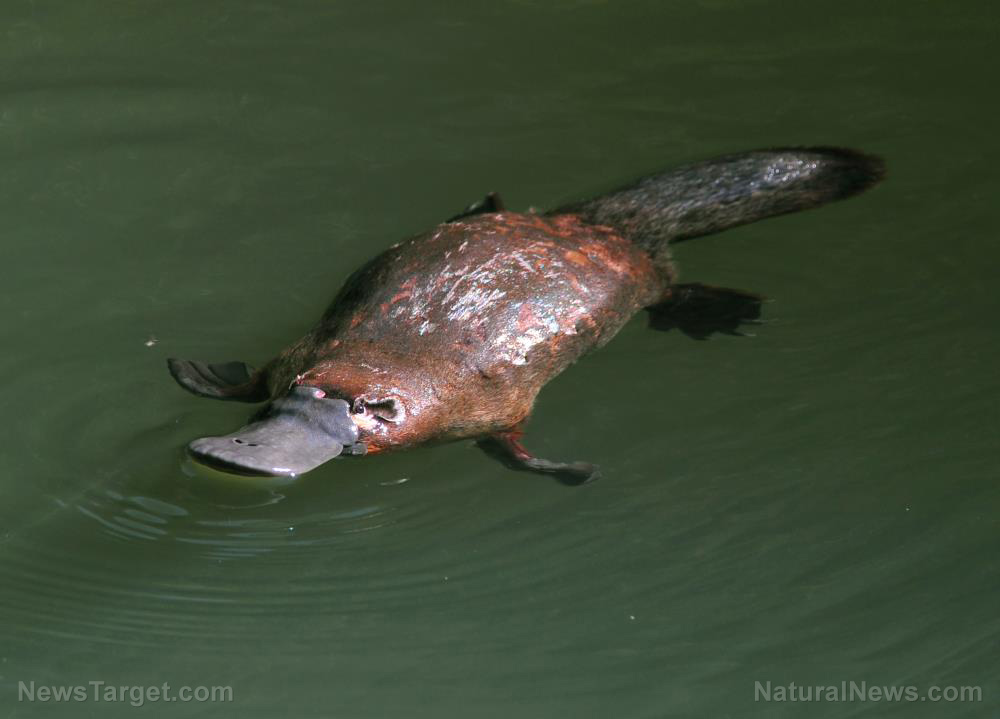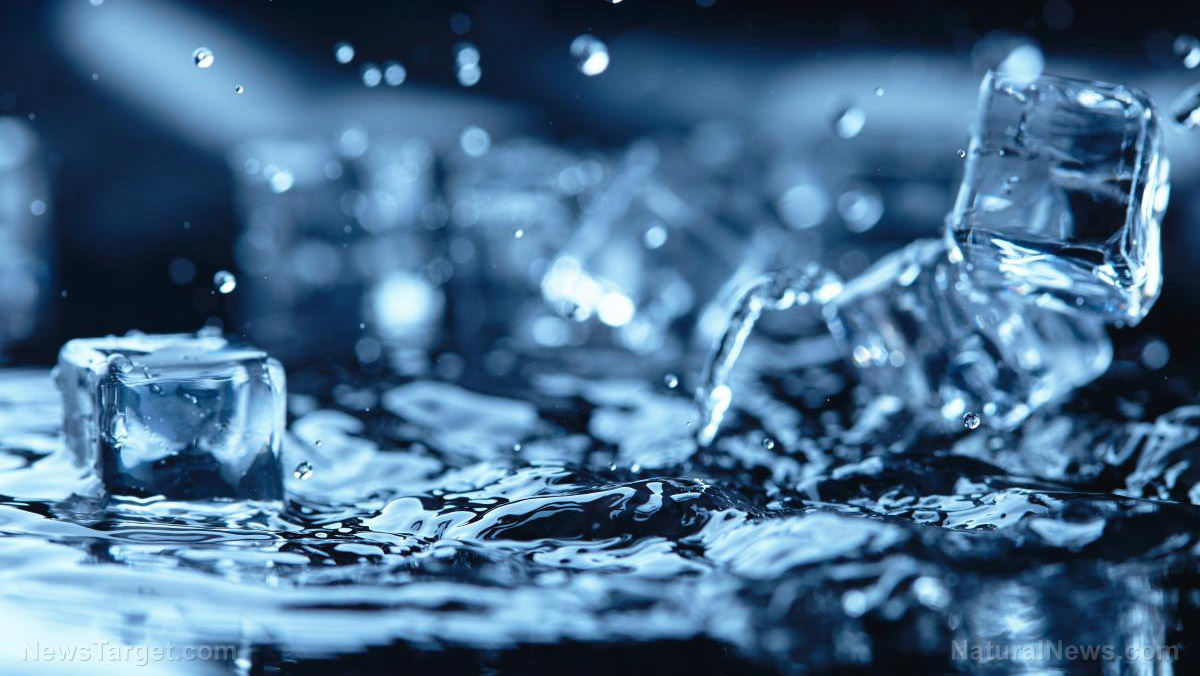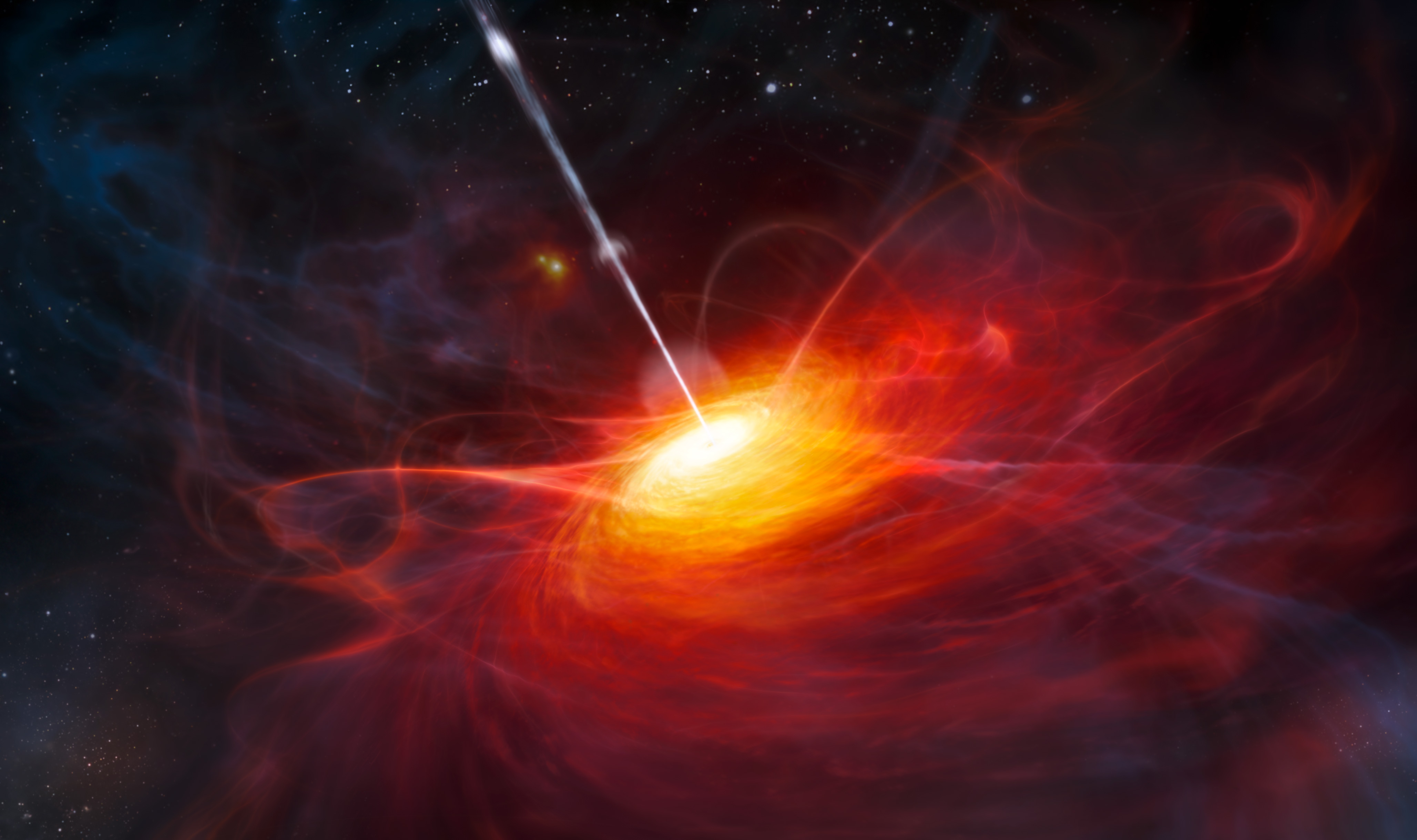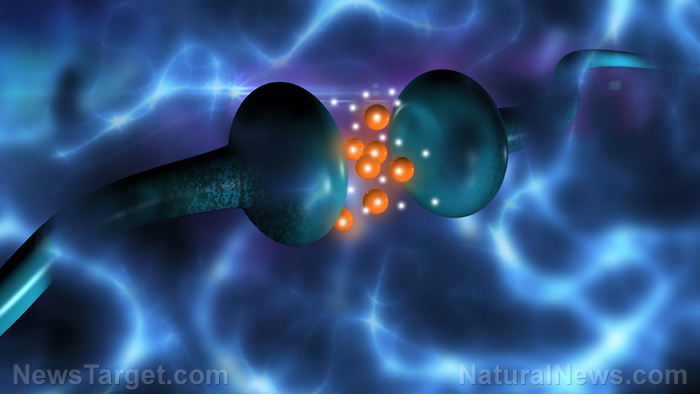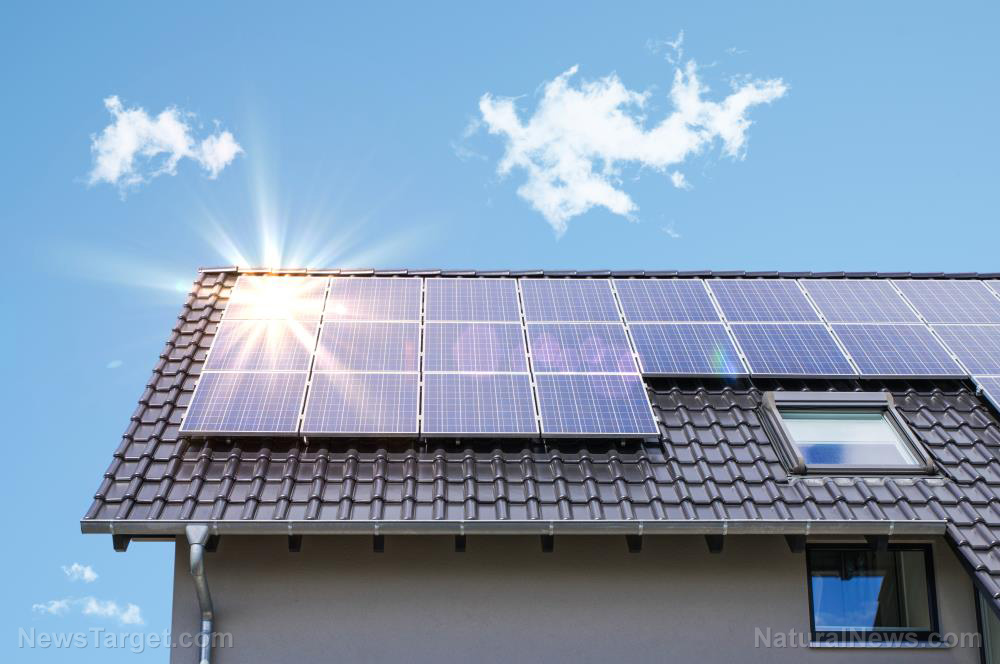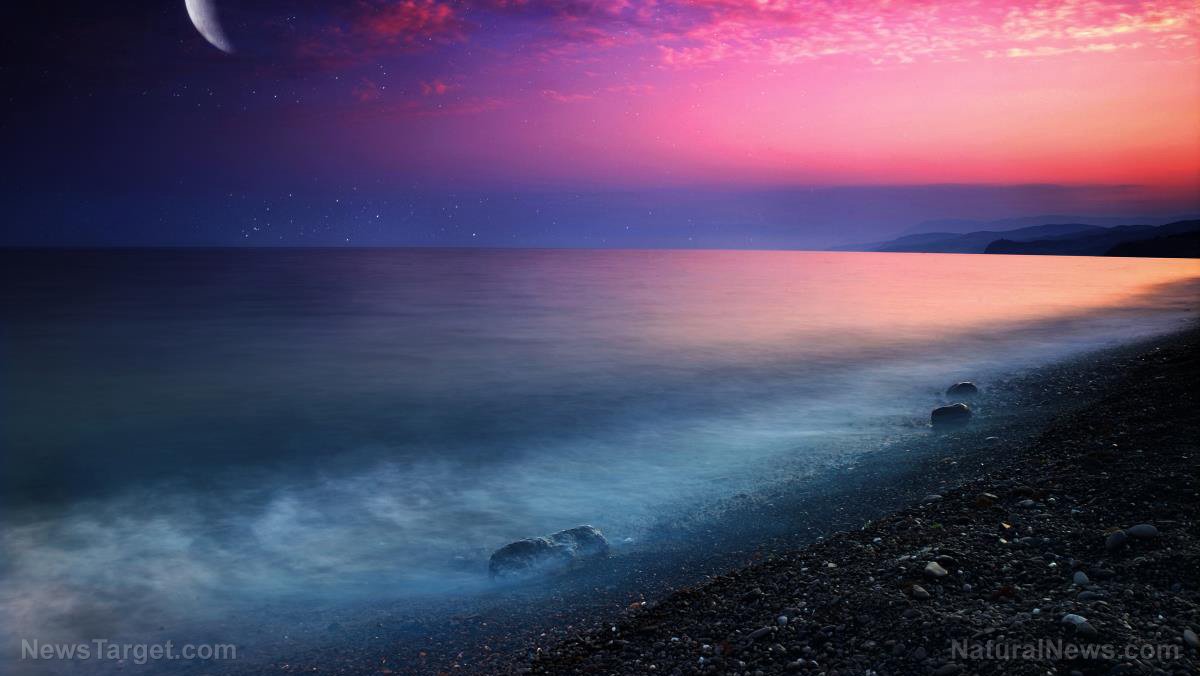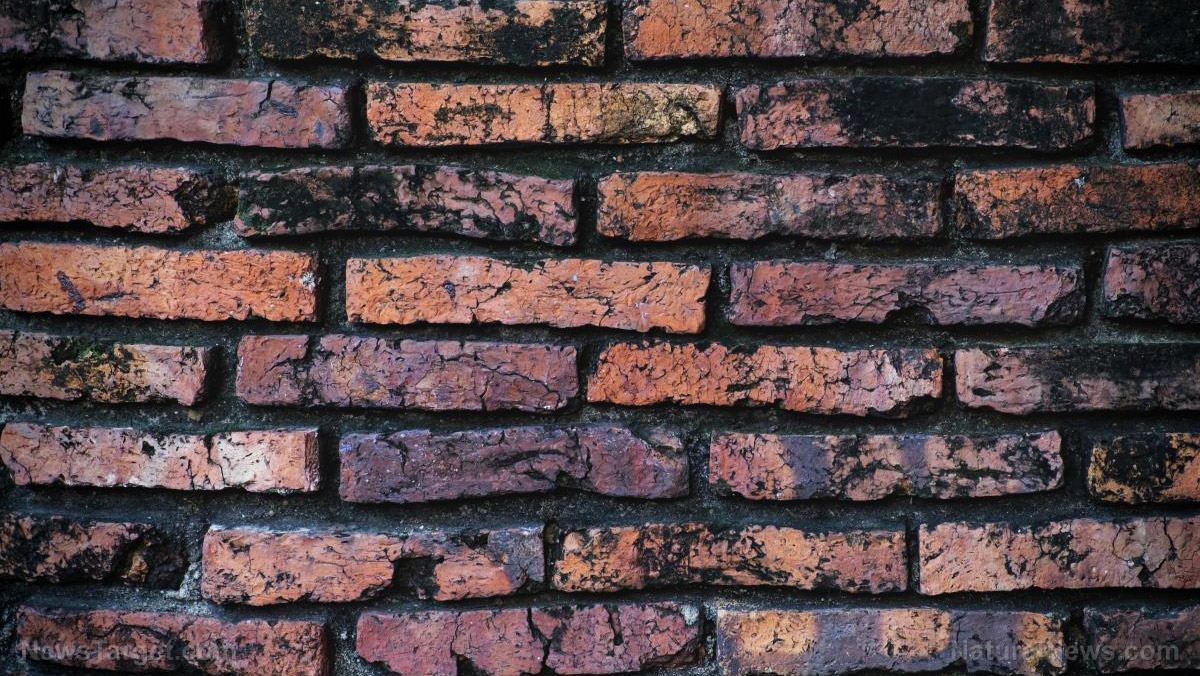Experts accuse Russia of covering up a nuclear fuel plant leak, claiming it caused the mysterious radioactive cloud across Europe sighted in September
12/28/2017 / By Rita Winters
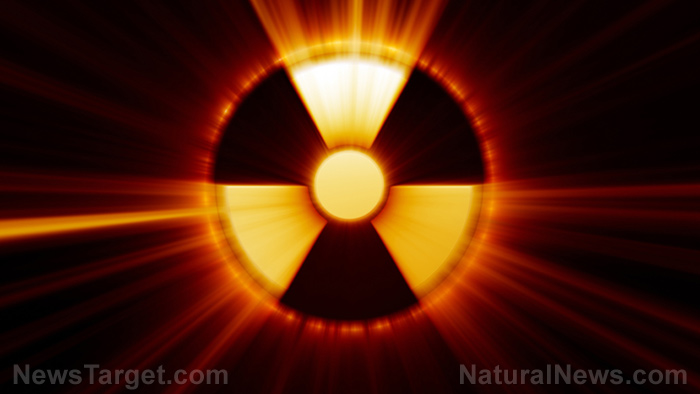
In September this year, a radioactive cloud was spotted above Europe. Researchers who investigated the incident discovered that the cloud was swept westward towards Europe from the Ural mountains, which serves as a boundary between Russia, Europe, and the rest of Asia. Researchers who looked into the incident hypothesized that the radioactive cloud was the result of a leak from a nuclear power plant in the Ural mountains – the Mayak plant, owned by Russian state company ROSATOM.
The spokesman for ROSATOM stated that an inspection of the power plant found no traces of ruthenium-106 and that there were no accidents within the plant’s facilities at the time of the said incident. However, a Russian state weather service called the Federal Service for Hydrometeorology and Environmental Monitoring of Russia (ROSHYDROMET) said that they found an extreme increase in pollution of ruthenium-106 near the Mayak plant, noted at 1,000 times the acceptable level. Mayak denies being the source of the radioactive cloud, and goes on to state that they have not extracted ruthenium-106 in several years.
Rashid Alimov, head of the energy unit at Greenpeace Russia, accuses ROSATOM of being involved in a cover-up, based on facts reported by ROSHYDROMET and other European investigators. While the pollution detected may not have originated from a nuclear plant accident, it may have been caused by treatment sites that process nuclear fuel. European agencies, including France’s and Germany’s nuclear safety agencies, state that the ruthenium-106 cloud wasn’t hazardous at all, but maintain that food produced within a few kilometers of the exposure may have to be monitored for changes. (Related: Radioactivity still lingering in the Pacific Ocean from nuclear bomb tests more than 50 years ago.)
What is ruthenium-106?
- Ruthenium-106 is the radioactive form of the rare heavy metal ruthenium, which was discovered by Polish chemist Jedrzej Sniadecki in 1808.
- It is the byproduct of splitting uranium-235, a process called fission. Uranium is an element used in nuclear reactors.
- Ruthenium-106 is used in cancer radiation therapies for eye and skin tumors. Ruthenium can also be used as a catalyst in industrial processes and alloys.
- Ruthenium, like most heavy metals, can stain the skin and is highly toxic and carcinogenic (it causes cancer).
What can I do to avoid being exposed?
Radiation is primarily a serious threat to a person’s health because it cannot be felt or sensed. Unlike the heat of the sun, which a person feels, radiation exposure is invisible to the naked eye until signs of poisoning have manifested. This could range anywhere from slight nausea, diarrhea, to hair loss and vomiting, depending on the exposure. This is where radiation detectors become useful – having one may help you identify places exposed to toxic radiation, primarily if you work around radioactive materials. If you live a few miles near a toxic chemical or nuclear plant, it is always good to have a respirator (or a full-face gas mask) in hand. However, living away from a nuclear plant is better. Most of the time, government authorities warn the people when accidents happen at nuclear power plants or fuel treatment sites, and it would be best to stay indoors until they give an “all clear” announcement. Furthermore, you should avoid buying food that is produced near nuclear areas – the food may contain unwanted heavy metals and radioactive components that are lethal.
Learn more about the science of radiation at RadiationScience.com.
Sources include:
Tagged Under: Glitch, Mayak, nuclear, nuclear accidents, nuclear fuel, nuclear power, nuclear waste, power plant, radiation, Rosatom, ROSHYDROMET, Russia news, ruthenium, ruthenium-106, ural mountains



